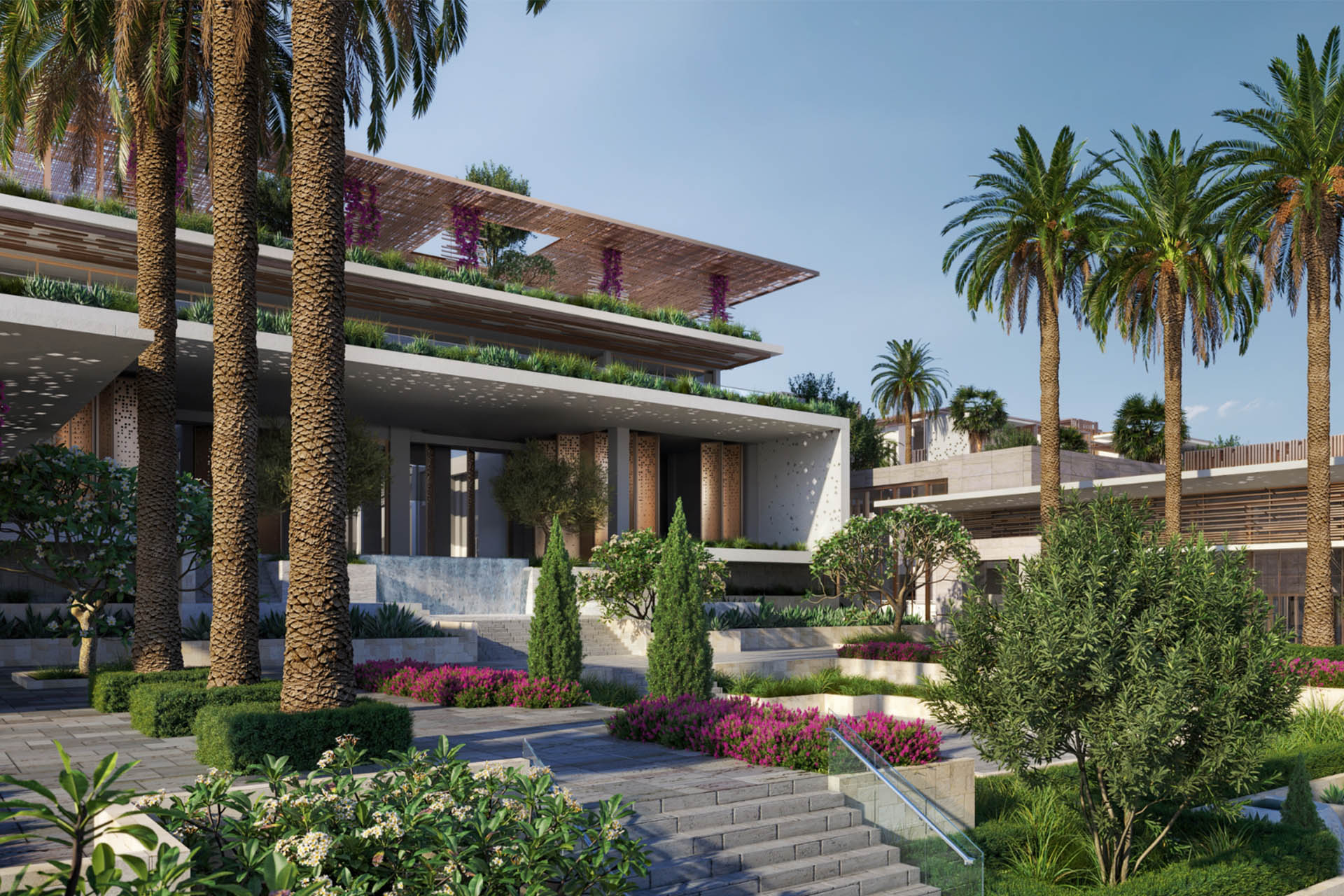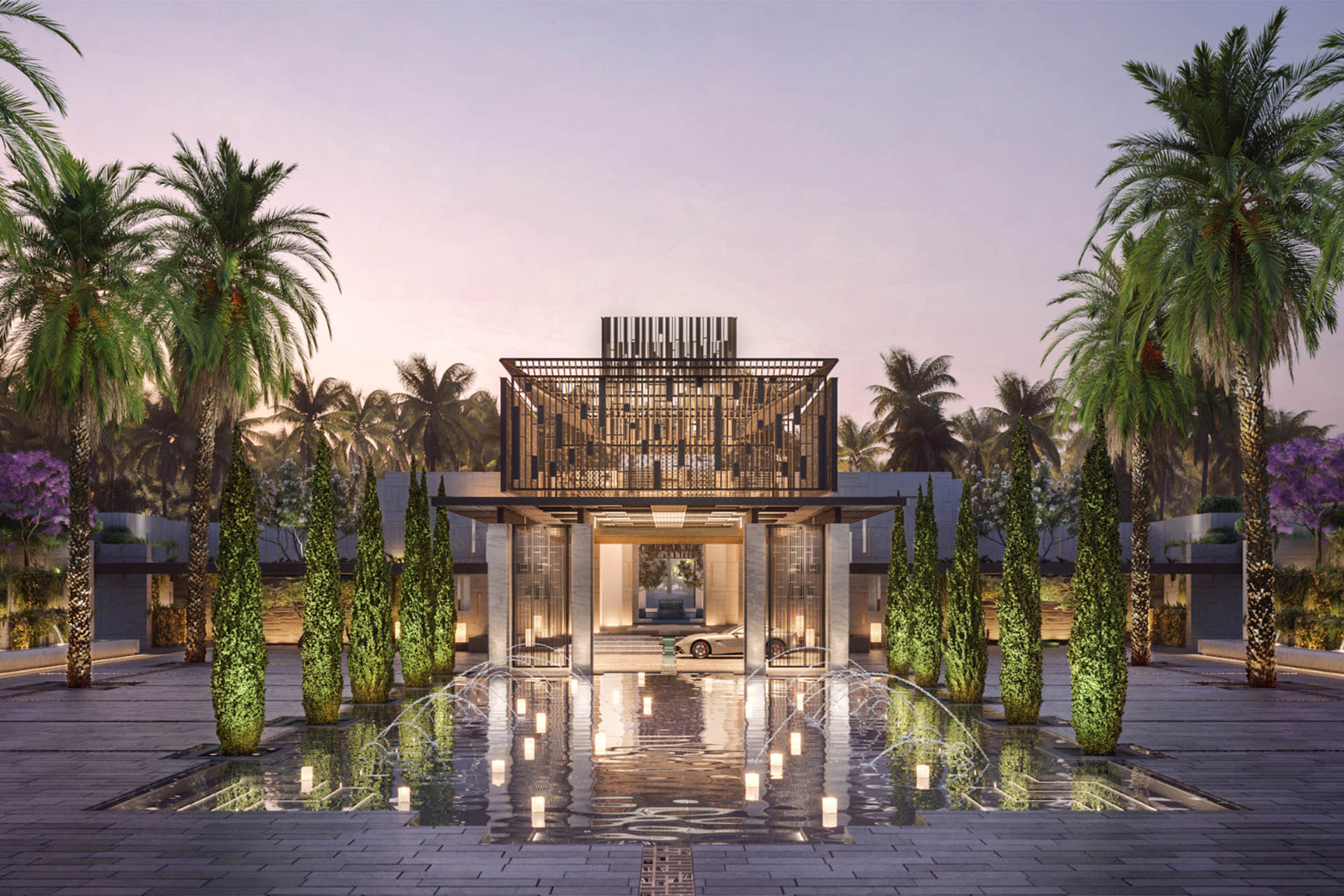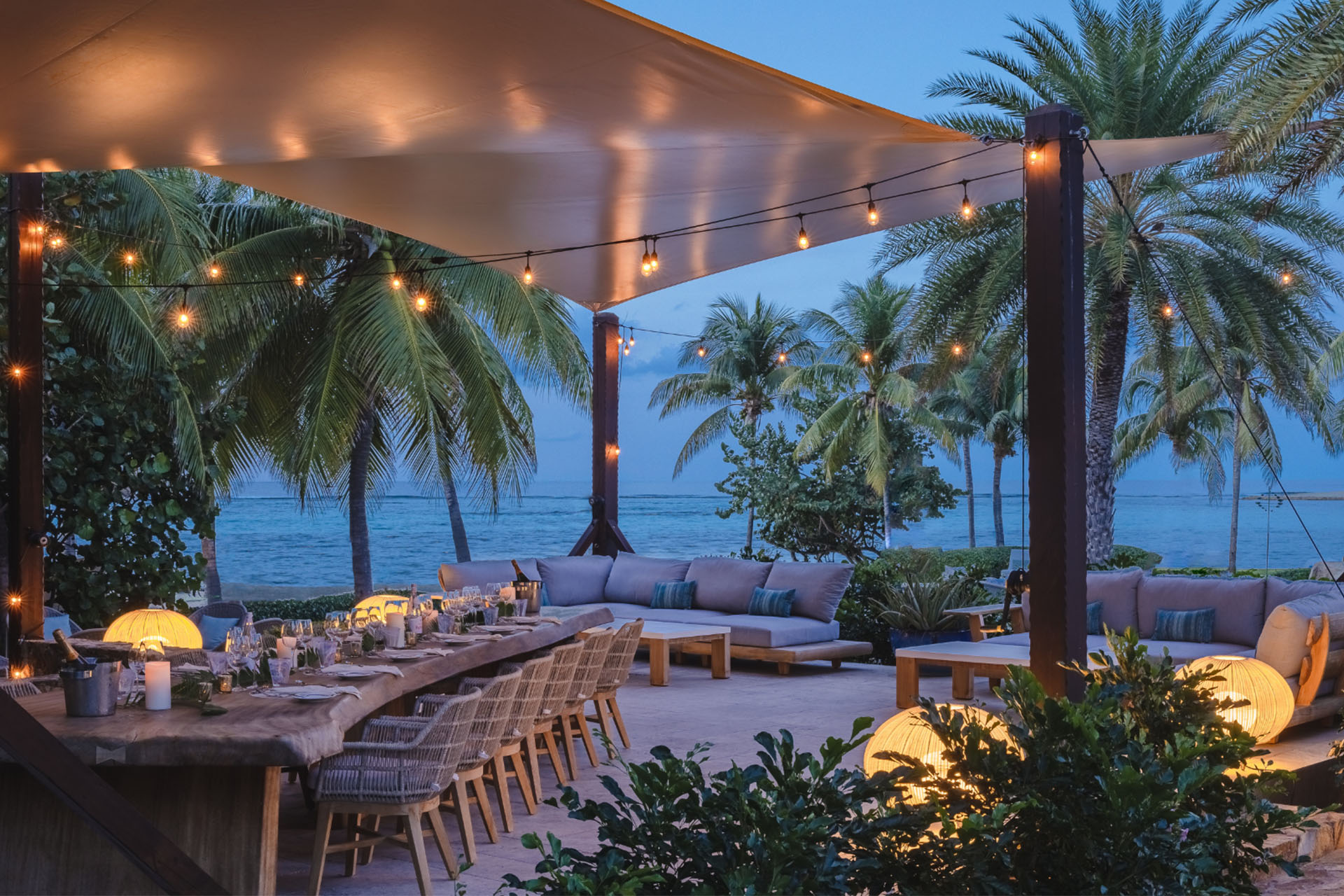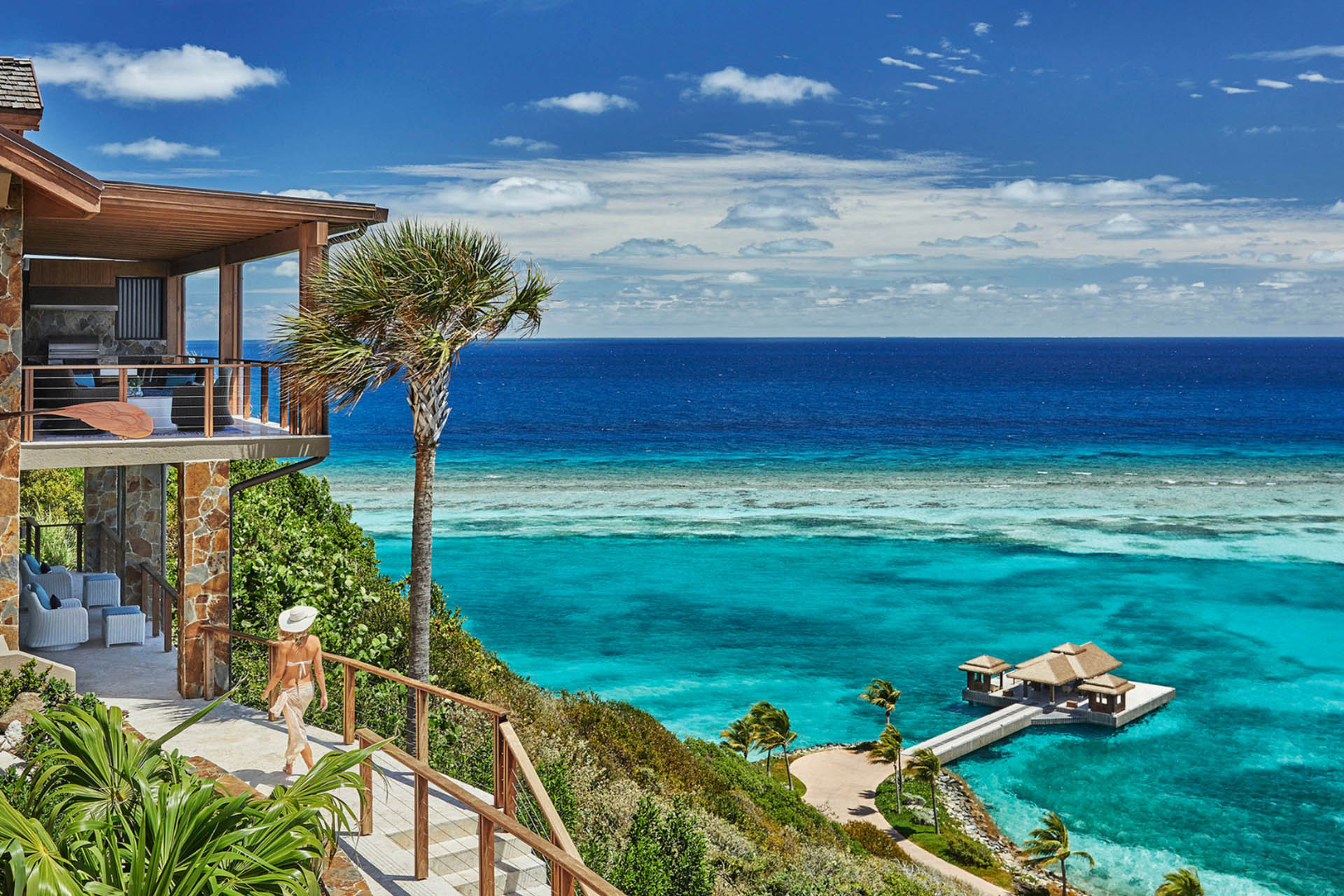

| CANVAS OF PLANS & DRAWINGS |
INTERIOR & DÉCOR, but with a twist |
| HOTELS & RESTAURANTS, beyond mainstream |
Notes on ART |
| Into big AFFAIRS | INSIDERS |
| GLIMPSES | |
Keywords:
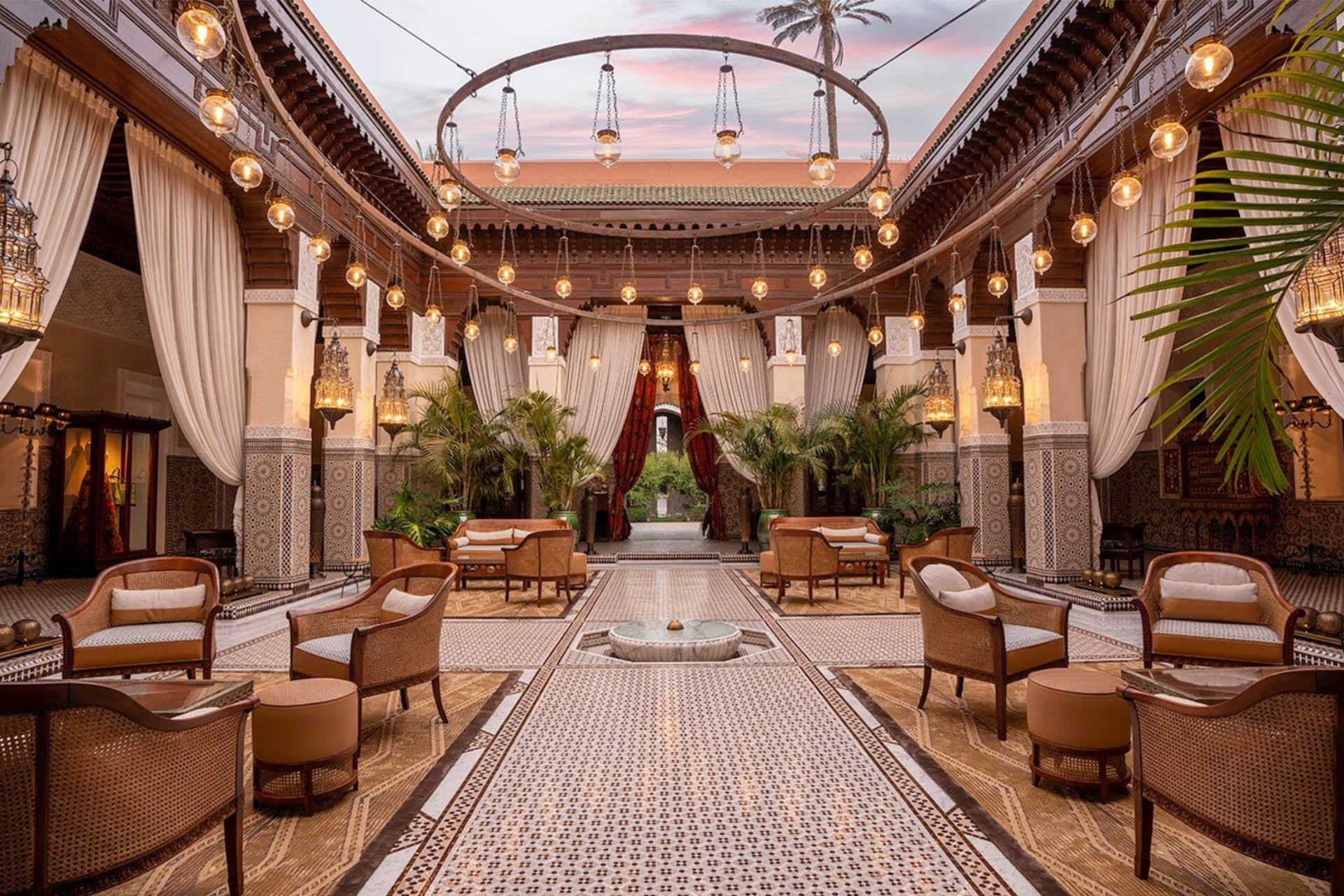
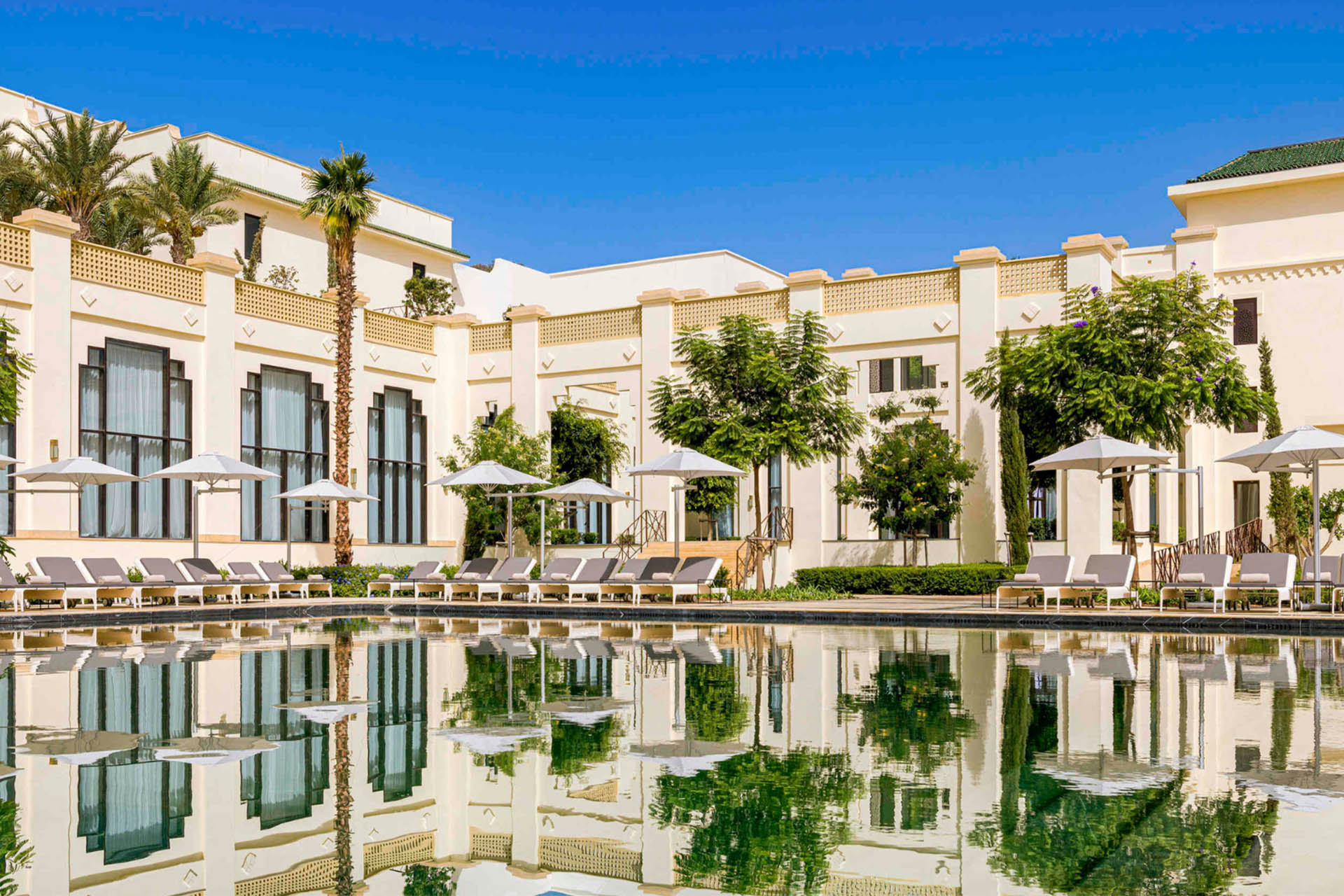
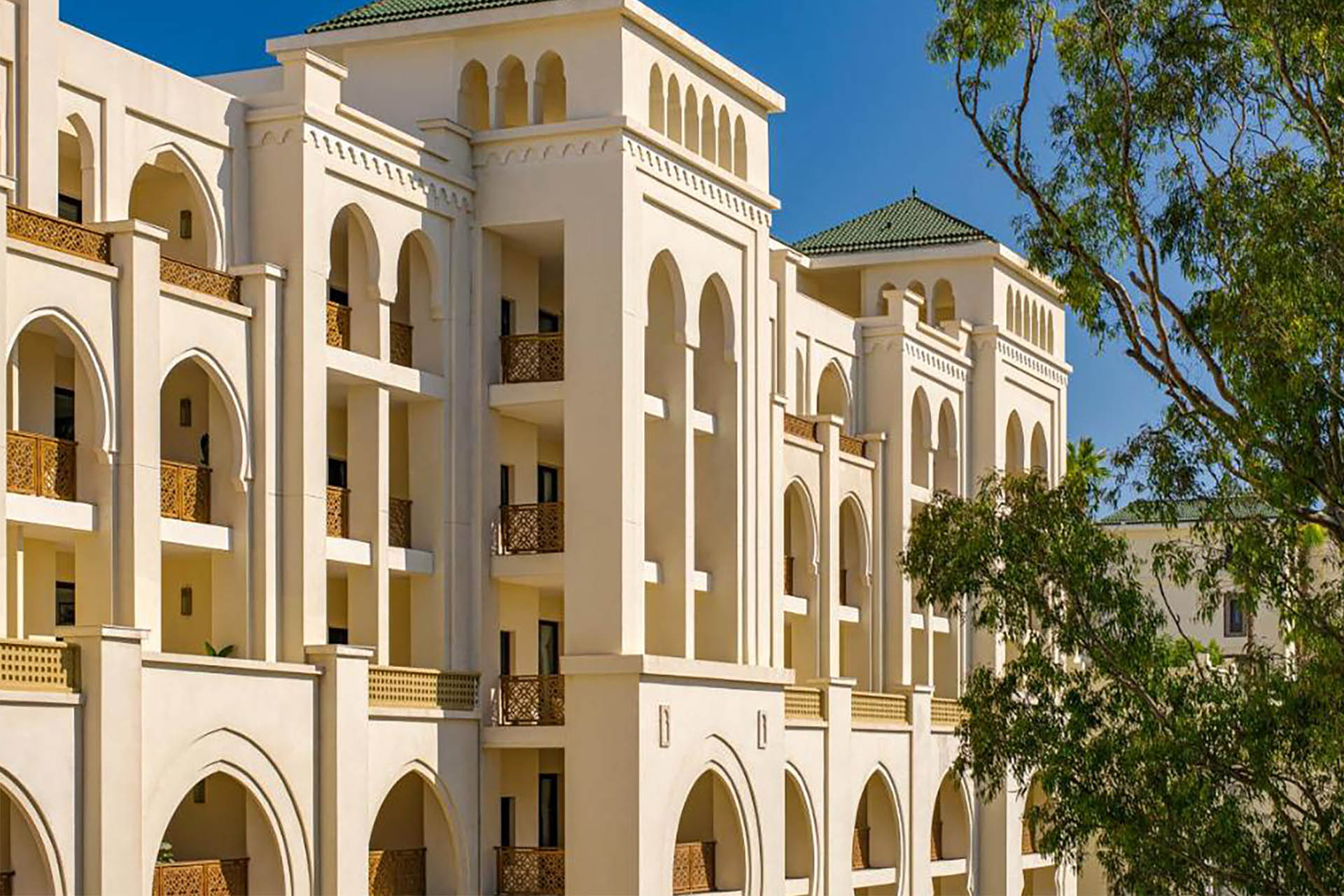
Looking at the industry from a design perspective, there have been many changes with respect to the role of designers and architects. First, hospitality and tourism form one of the largest global industries; hospitality alone reached around US$ 4.7 trillion in 2023 and is estimated to grow at an annual rate of 5.5%, continuing it significant expansion. Brands have also evolved: twenty-five years ago, there were only a few dozen hotel brands, today there are over a thousand, and every year new ones arrive on the market. Along with these changes, the approach to design has also been revolutionized.
In the past, the focus of designers and architects was on the functionality and identity of the hotel based on brand standards; the principle was to create a certain homogeneity within the brand, regardless of where the hotel was located. A Ritz Carlton had to look like a Ritz Carlton, wherever it was. Today, we desire differentiation, uniqueness, and storytelling. We have moved from homogeneity to uniqueness. Now, a hotel’s design and identity must be linked to place and story. When designing, we aim to create a soul for the hotel, that reflects its location, culture, and context. In doing so, we delve into history, nature, geography, people, food, or colours, to uncover why people would choose a specific destination. We call it a soul, a story, a sense of place.
The design practice has also been revolutionized by innovations in technology: we now have the ability to create three-dimensional visual expressions of a project in very early stages of design. In addition, we now apply AI, which allows us to quickly explore design options, thus expanding the design discussion. There are also new virtual reality tools that have not yet found their role in hospitality design but that will soon become part of it. We will be able to create immersive spaces for F&B or events spaces, or change the mood of a space throughout the day or week, without physical elements.
Today’s world is extremely interconnected, with a fluid exchange of cultures across boundaries. Thus, now more than ever, guests want to stay in hotels that are “of the place”, which I believe is a key task in contemporary hotel design. Quoting the travel writer Pico Iyer, in his article entitled Why we travel: “Yet for me the first great joy of traveling is simply the luxury of leaving all my beliefs and certainties at home, and seeing everything I thought I knew in a different light, and from a crooked angle.”
To provide guests with such new perspective, the design of the hotel must reflect the destination, not the place from which we come. It is a welcome challenge, I say, because it impels us to deepen the analysis and interpretation of the architecture of each region. We are currently working in different places – Utah, Fiji, Barbados, Abu Dhabi, Puerto Rico, and Marbella, to name a few – and in the process, we are cultivating a great library of architecture languages.
Another interesting current challenge is the existing gap between what we can imagine with the current three-dimensional digital tools and the capabilities of construction. In fact, digital design tools are more advanced than construction techniques. It is an obstacle because customers often ask for important imaginative efforts, to think outside the box, and we sometimes find ourselves wondering: “How do we get this built?” The construction industry will catch up eventually, but for now it remains one of the industry’s most exciting challenges.
